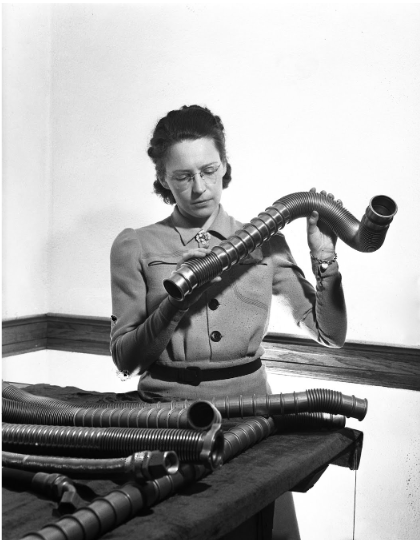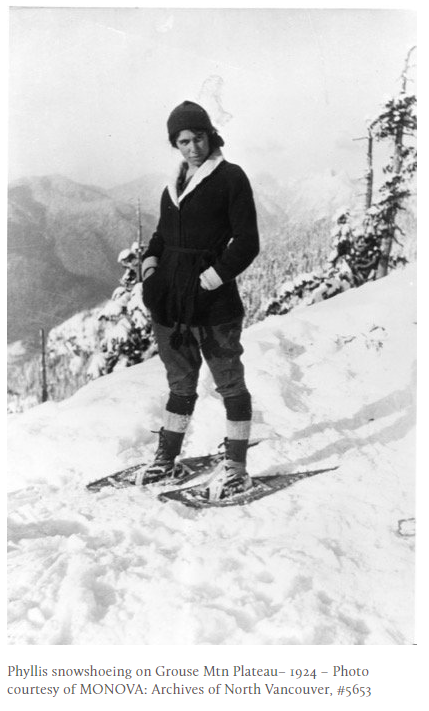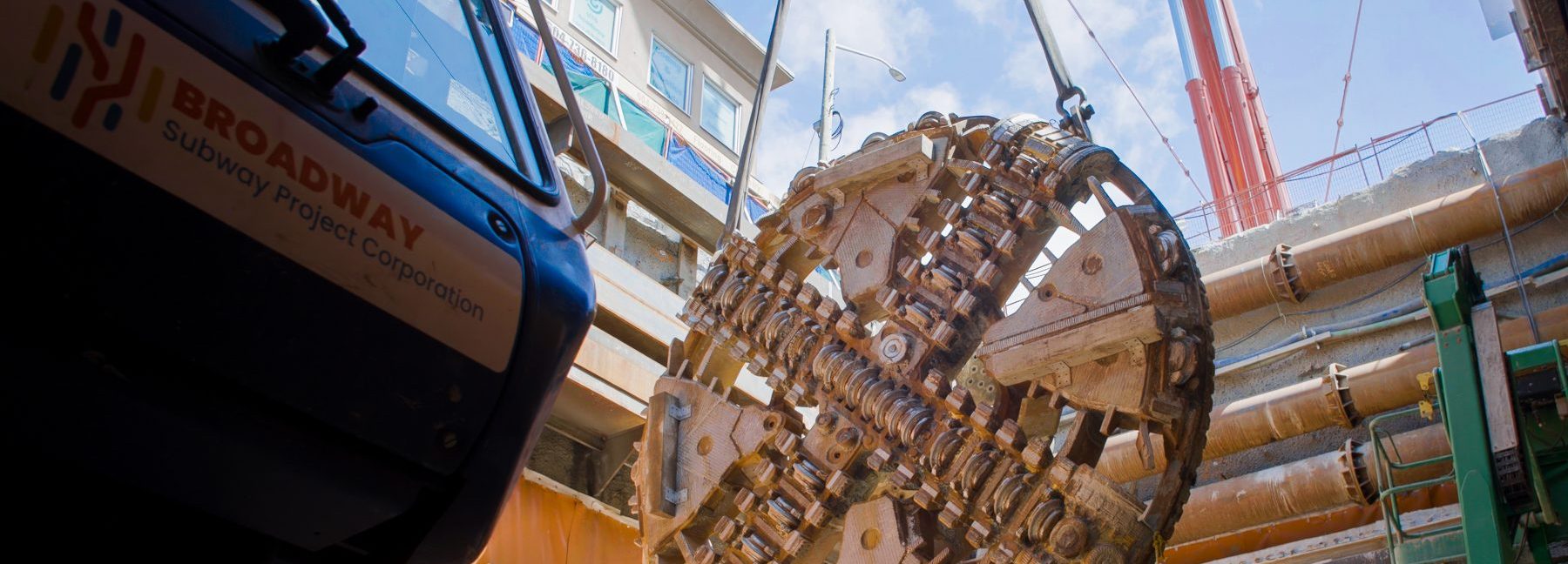Two 6-metre diameter tunnel boring machines (TBMs) were used to excavate the Broadway Subway tunnels.
Tunnel boring machines are traditionally named after influential, historic and academic women. The tradition dates back to the 1550s, when miners prayed to Saint Barbara to protect them from dangers underground. Past machines have been named after scientists, leaders in all industries, Queens, saints, grandmothers or artists. The Broadway Subway Project’s two TBMs are named after two historic trailblazing women with ties to Vancouver: Elsie MacGill, the world’s first female aeronautical engineer, and Phyllis Munday, a pioneer for women in mountaineering. Learn more about each namesake below.

Outbound TBM: Elsie MacGill

Elsie MacGill, the world’s first female aeronautical engineer, was born in Vancouver on March 27, 1905 and died on November 4, 1980. In 1923, Elsie was the first woman admitted to the engineering program at the University of Toronto. She graduated in 1927 and completed her master’s degree in aeronautical engineering in 1929.
Shortly after graduation, Elsie was diagnosed with polio and became paralyzed from the waist down. Sadly, her loss of mobility ended her dreams of becoming a pilot. Elsie taught herself to walk with two canes and adapted her career goals to focus on the design and testing of planes. In 1938, she was hired as the Chief Aeronautical Engineer at Canadian Car and Foundry, the first time in the world a woman held a chief engineering position.
Elsie pioneered the work to perfect the Hawker Hurricane, a fighter plane that helped ensure the Allies’ air dominance during World War II. Her efforts earned her the title “Queen of the Hurricanes”, memorialized in a comic book about her life. After the war, Elsie continued to build her career and advocated for the rights of women and children in Canada. She contributed many innovations in aircraft design, including the skis and de-icing for the first successful winterization of a high-speed aircraft.
Key Awards
- Meritorious Contribution to Engineering, Society of Women Engineers (1953)
- Canadian Centennial Medal, Government of Canada (1967)
- Officer, Order of Canada (1971)
- Queen Elizabeth II Silver Jubilee Medal (1977)
- Inducted into Canada’s Aviation Hall of Fame (1983)
- Creation of the Elsie Gregory MacGill Memorial Foundation (1984)
- Inducted into the Canadian Science and Engineering Hall of Fame (1992)
Inbound TBM: Phyllis Munday

Phyllis Munday was born in Sri Lanka in 1894 and moved to British Columbia in 1901. She lived much of her life in North Vancouver and Victoria and died in 1990. As well as a nurse, she was a pioneer for women in mountaineering and summitted more than 100 peaks throughout her career.
She is best known for exploring and documenting the Coast Mountains and Mount Waddington. In 1928, Mount Munday, a peak in the Waddington range, was named after Phyllis and her husband. In total, they climbed over 100 peaks in B.C., often bringing their daughter Edith with them.
When she first began climbing, Phyllis had to find a way to ditch her skirts and hiked in her bloomers as soon as she was out of public sight. She avoided special treatment and insisted on carrying the same 60-pound loads as male climbers on her excursions. On one occasion, she even saved her husband’s life from a grizzly bear by charging at it with an ice axe.
Phyllis founded the Girl Guide movement in British Columbia in 1916 and remained an active guider through her life. She also established the first St. John Ambulance brigade in North Vancouver in 1920.
Key Awards
- First Canadian to receive the Bronze Cross, Girl Guides of Canada (1925)
- Dame of Grace, St John Ambulance Brigade (1967)
- Distinguished Service Award, Alpine Club of Canada (1970)
- Received the Order of Canada (1972)
- Honorary Doctor of Laws, University of Victoria (1983)
- O. Wheeler Legacy Award, Alpine Club of Canada (1995)
- Featured on a Canada Post stamp (1998)


